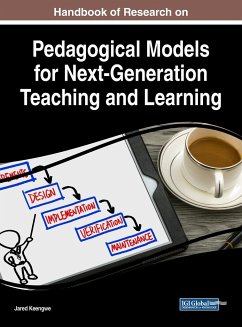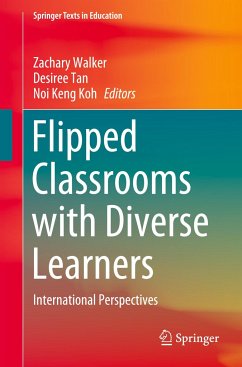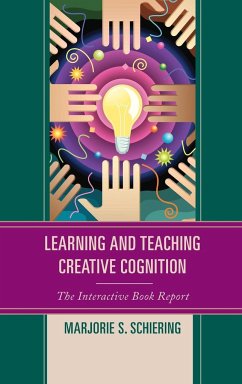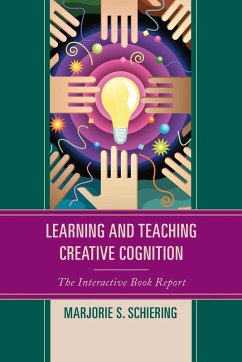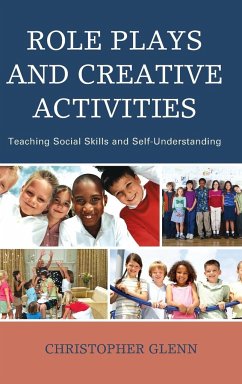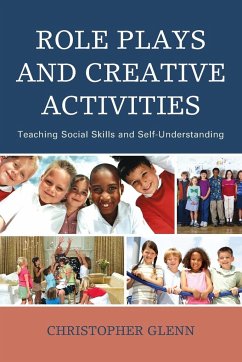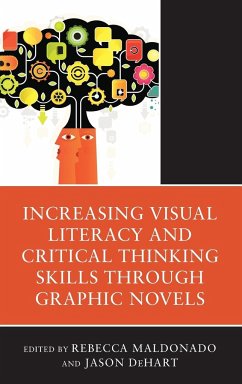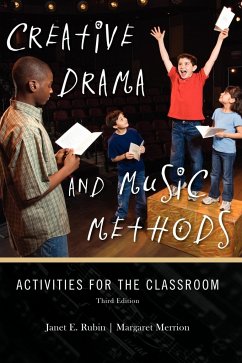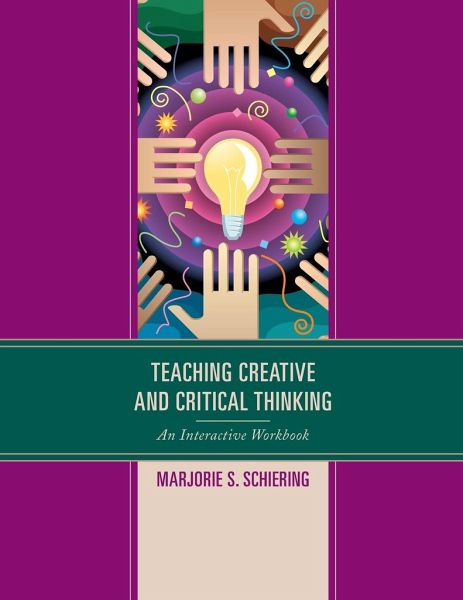
Teaching Creative and Critical Thinking
An Interactive Workbook
Versandkostenfrei!
Versandfertig in 1-2 Wochen
50,99 €
inkl. MwSt.
Weitere Ausgaben:

PAYBACK Punkte
25 °P sammeln!
This workbook contains over sixty activities for learning-through-play. The activities were created by teacher-candidates, retired educators, and student-learners. They include interdisciplinary activities for first through twelfth grade levels. Each activity includes how-to-implement instructions along with applicable learning standards.




